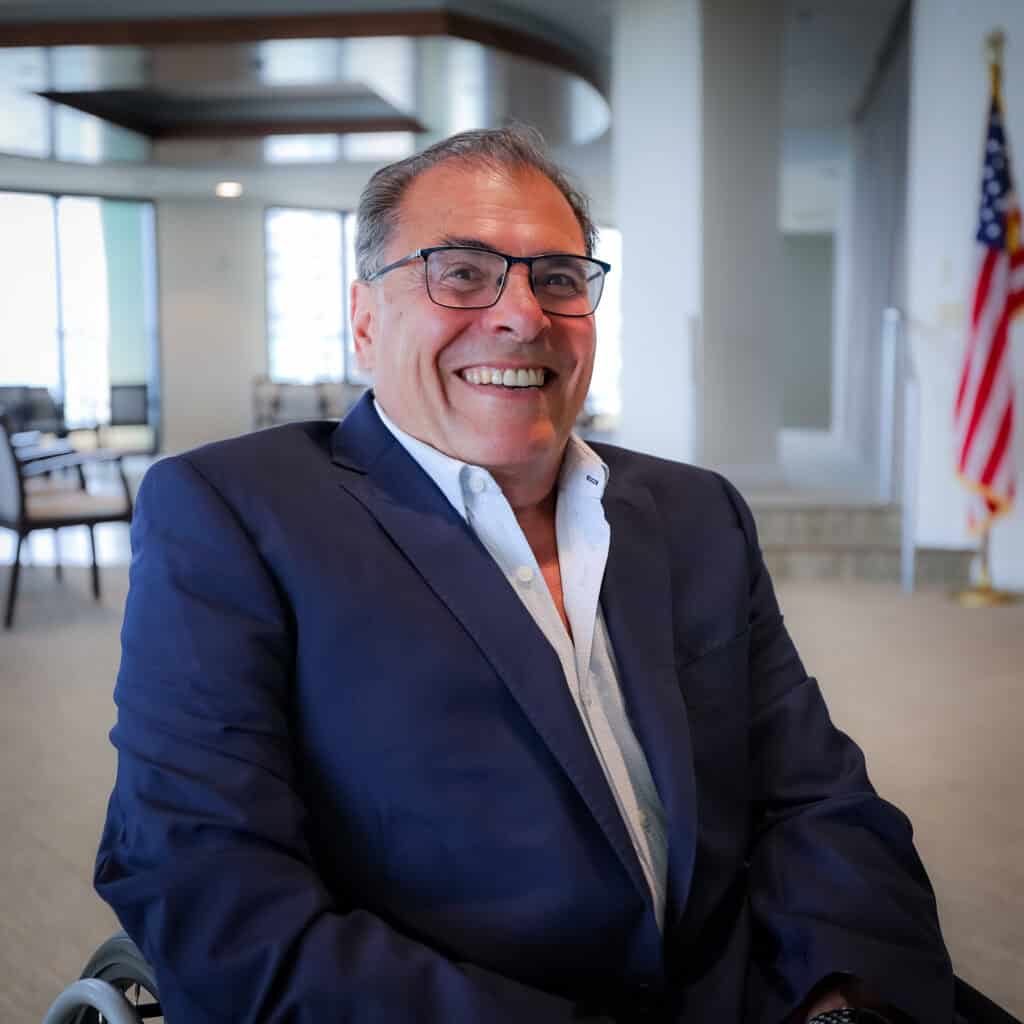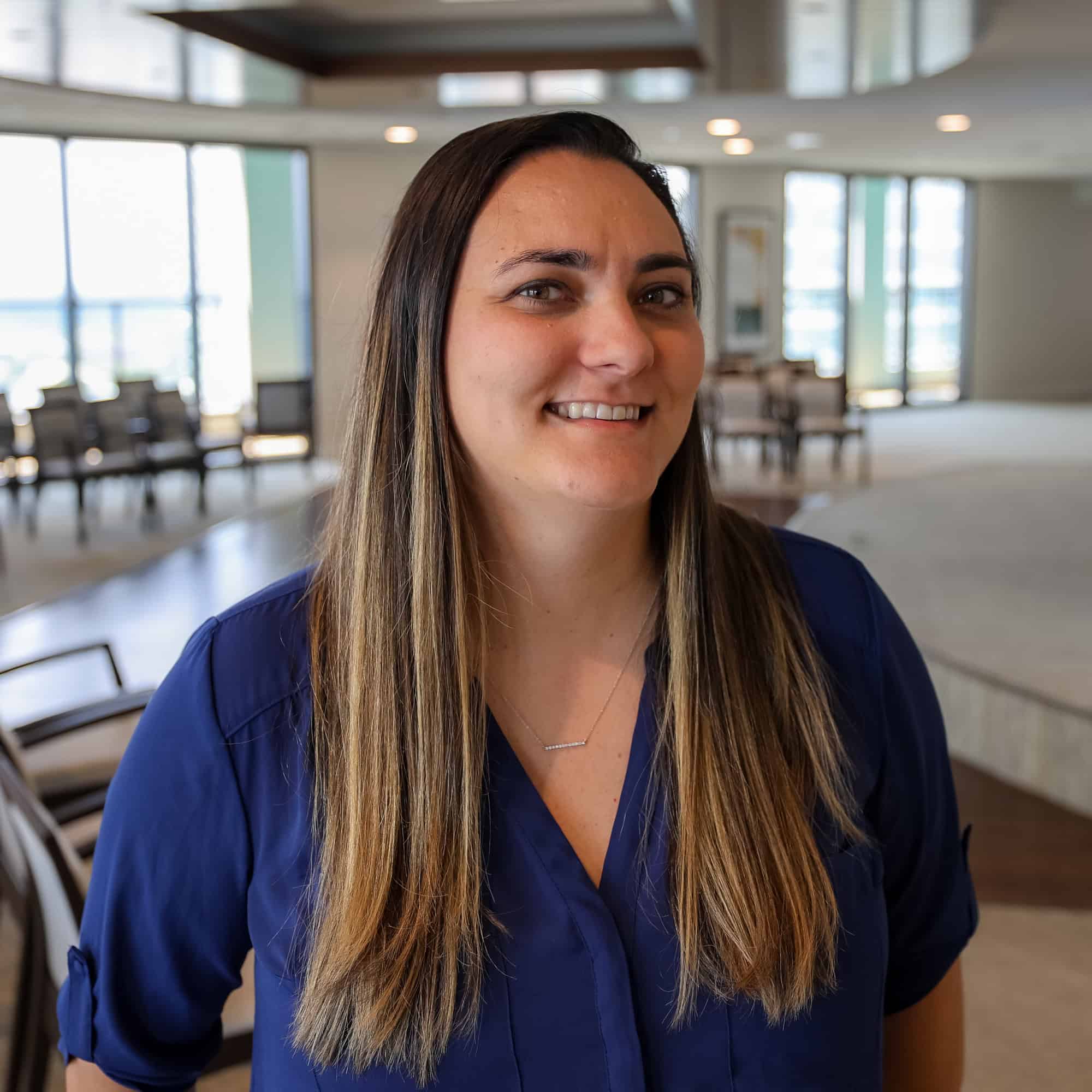Illinois Launches PACE Program, But Is It The Best Option for Consumers?
Illinois joins 33 states with PACE programs, but other programs might be better suited to provide quality care and consumer choice.
THE VBP Blog

September 12, 2024 – llinois joins 33 other states by launching Program of All-Inclusive Care for the Elderly (PACE) in five service areas. The initiative aims to provide comprehensive, coordinated healthcare services to seniors, allowing them to remain in their communities while receiving the care they need.
In this blog, we’ll explore how PACE works, its benefits, and its limitations. As advocates, we are glad to see another extension of seniors’ ability to receive care at home or in a community setting instead of a nursing home. However, there are some aspects that cannot be overlooked, like limited access to care, lack of consumer choice, and some of the red tape that come with PACE programs. To learn more about our advocate’s perspective, check out our full write up at the end of the blog to hear more of our thoughts!
PACE Around the US and The Newest Member – Illinois
In August 2022, Illinois joined 33 other states and announced the launch its own Program of All-Inclusive Care for the Elderly (PACE). The Illinois PACE program focuses on providing comprehensive care to eligible seniors and is designed to reduce long-term nursing home use and improve health outcomes by delivering coordinated, community-based care. There are about 260,000 seniors in Illinois who rely on Medicare and Medicaid for their health care, and this is intended to make life easier for them.
In August 2024, the Illinois Department of Healthcare and Family Services (HFS) announced contracts with local organizations to implement the PACE program across the state. HFS has chosen eight organizations in five service areas, which will serve as partners in providing these new services to seniors in their region once they pass a stringent application with federal partners as well. The five service areas are West Chicago, South Chicago, Southern Cook County, Peoria and East St. Louis.
However, as noted, Illinois is not alone in this endeavor. According to the National PACE Association (NPA), there are 171 PACE organizations operating in 33 states and the District of Columbia. The program started in the 1990’s, when the first PACE received Medicare and Medicaid waivers to operate. In 1997, there were over 21 PACE programs in 15 states, and the Balanced Budget Act of 1997 established it as a permanently recognized provider type under both the Medicare and Medicaid programs. Since then, there have been various pieces of legislation and funding measures passed that has led PACE to where it is today.
What is PACE?
The Program of All-Inclusive Care for the Elderly (PACE) is a Medicare and Medicaid program that provides comprehensive medical and social services to older adults who meet specific eligibility criteria. Designed for individuals 55 years or older who require a nursing home level of care but wish to remain in their community, PACE offers a full range of healthcare services, including:
- Adult day primary care (including doctor and recreational therapy nursing services
- Dentistry
- Emergency services
- Home care
- Hospital care
- Laboratory/x-ray services
- Meals
- Nursing home care
- Nutritional counseling
- Occupational therapy
- Physical therapy
- Preventive care
- Social work counseling
- Transportation to the PACE center for activities or medical appointments
The program coordinates care through a team of healthcare professionals that work together to develop personalized care plans. The program is designed to allow older adults to live independently at home for as long as possible, promoting quality of life, and reducing hospitalizations. Studies have shown that nearly 90 percent of adults over 65 want to remain in their current homes as they grow older, and PACE is one way to do this.
What is unique about PACE is that the program is delivered through PACE centers. Through this model, access to medical services, physical therapy, social activities, and more, all under one roof in these centers. PACE centers include a primary care clinic and areas for things like therapeutic recreation, restorative therapies, socialization, personal care, and dining. By integrating all necessary medical and supportive services, PACE offers a one-stop solution for elder care, ensuring that participants receive comprehensive, coordinated care tailored to their individual needs.
PACE Offers Some Benefits, but Do They Outweigh the Limitations?
PACE offers some benefits that extend beyond traditional care models. Studies show that PACE participants experience fewer hospitalizations and emergency room visits compared to similar populations. A study published in the Journal of the American Geriatrics Society found that PACE participants had lower hospitalization rates and fewer emergency department visits than non-participants. The Urban Institute’s research also highlights that PACE’s integrated care model leads to fewer hospitalizations than other models of care. Additionally, participants report higher satisfaction with care quality and improved overall health outcomes.
In addition to reduced hospitalizations, PACE also makes aging at home more affordable, especially for those needing complex care. Judith Wright, a diabetic with anemia and limited mobility, has received all kinds of free help — an electric lift chair, a bed rail, eyeglasses and other accommodations through PACE. She takes 17 medicines, all free through the program. There are also health clinics and urgent care centers at PACE centers, which allows seniors a one-stop shop for all their medical needs.
While PACE offers some benefits, there are major limitations that simply cannot be overlooked. One major challenge is its limited geographic availability. PACE centers are only available in certain areas, which restricts access for eligible seniors living outside these regions. While PACE is available in most states, there are only 300 PACE centers across the country. Some states also have requirements, where you need to live in a certain mile radius of a local PACE center to partake in the program, which seriously hinders availability.
Another limitation is that PACE primarily targets those who qualify for nursing home-level care. This excludes seniors who have significant needs but do not meet these specific criteria. Moreover, while PACE integrates multiple services under one umbrella, this approach may not always accommodate highly specialized care needs that require unique expertise outside the PACE network.
The comprehensive nature of PACE also might not suit all seniors. Because all services must be provided in the PACE center, someone who prefers to choose their own healthcare providers or requires services not included in the program’s network would not be a good fit. With consumers forced to obtain all services through the PACE centers, the lack of consumer choice is alarming. And, for those unhappy with services, the red tape surrounding PACE is astounding. Once a consumer chooses to enter the PACE program, they essentially cannot go back to another form of Medicaid for the rest of their life. Coupled with the fact that you are limited to a single provider, this is a major flaw with PACE.
Another issue is that while PACE is technically a value-based payment (VBP) models, and the upfront-payment capitation model puts emphasis on high-quality and cost-effective care, the “hold back” is a punitive approach. States like New York have integrated value-based payment models into their PACE programs by linking provider reimbursement to performance metrics such as reduced hospital admissions, improved chronic disease management, and participant satisfaction scores. And while the approach encourages continuous improvement and innovation in service delivery, there is little concrete evidence to support its success.
CMS also has strict guidelines on Quality Assessment and Performance Improvement that states must detail in their applications for PACE funding. There are also guides for PACE Medicaid Capitation Rate Setting. CMS has a big role in overseeing PACE programs, but the program’s funding structure, means providers must operate within fixed budgets. This can pose financial challenges, especially when serving participants with complex, costly health conditions.
Another thing to note is that in 2019, CMS finalized a rule removing the requirement that nonprofit organizations run PACE programs. As for-profit PACE organizations have entered the program in recent years, private equity has taken an increasing interest in acquiring PACE programs. This is something stakeholders need to keep an eye on, to ensure that quality of care remains at the forefront and for-profit PACE organizations are not cutting corners.
Advocates Perspective - Is There a Better Option?
It is certainly encouraging to see Illinois seek advancement in elder care in the state. But while the PACE program offers a person-centered approach that prioritizes quality and independence for older adults, the limitations cannot be overlooked. The Home and Community Based Services (HCBS) waiver program is typically a better option. Unlike PACE, which operates through a centralized, integrated model tied to specific centers, HCBS allows participants to receive personalized care in their own homes or community settings without the need to attend a PACE center. This flexibility enables individuals to select providers and services that best meet their needs and gives them more control over their care. Additionally, HCBS programs can serve a broader range of individuals with varying levels of care needs, not just those who meet nursing home eligibility criteria as required by PACE. HCBS also supports a person-centered approach by focusing on empowering individuals to live independently with tailored support. It is a more adaptable and customizable option for many seniors and adults with disabilities. While Illinois is taking a step in the right direction putting an emphasis on caring for seniors, HCBS provides a more individualized, flexible alternative that can better align with the preferences and lifestyles of the consumers it serves.
Onward!
Share This Blog!
Get even more insights on Linkedin & Twitter

About the Author
Fady Sahhar brings over 30 years of senior management experience working with major multinational companies including Sara Lee, Mobil Oil, Tenneco Packaging, Pactiv, Progressive Insurance, Transitions Optical, PPG Industries and Essilor (France).
His corporate responsibilities included new product development, strategic planning, marketing management, and global sales. He has developed a number of global communications networks, launched products in over 45 countries, and managed a number of branded patented products.

About the Co-Author
Mandy Sahhar provides experience in digital marketing, event management, and business development. Her background has allowed her to get in on the ground floor of marketing efforts including website design, content marketing, and trade show planning. Through her modern approach, she focuses on bringing businesses into the new digital age of marketing through unique approaches and focused content creation. With a passion for communications, she can bring a fresh perspective to an ever-changing industry. Mandy has an MBA with a marketing concentration from Canisius College.
